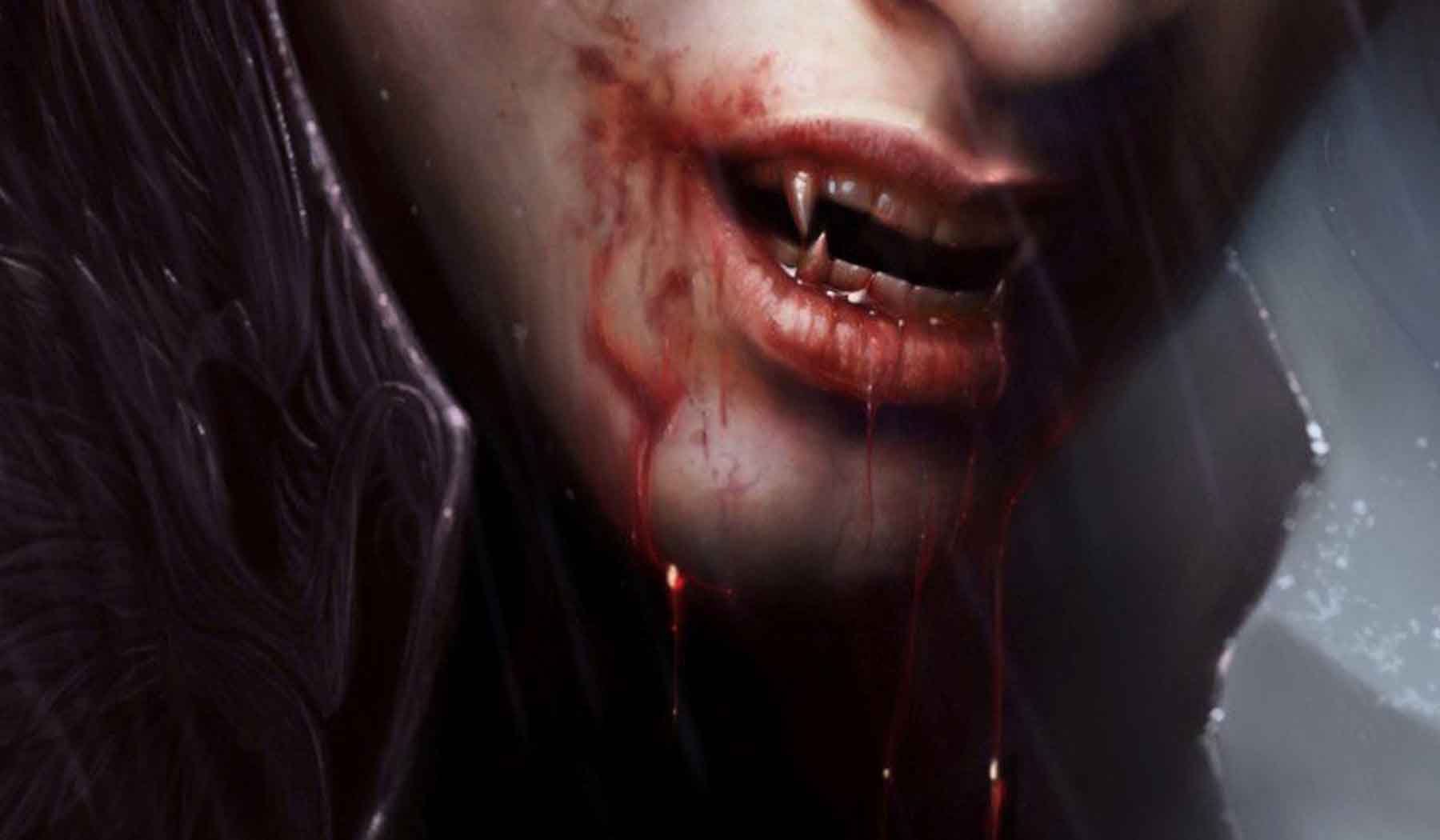Vampires have been a popular subject of fascination and terror for centuries, with their alluring and dangerous nature captivating the imagination of people across the world.
From the earliest folklore to contemporary fiction, vampire literature has evolved and taken on many different forms, each adding its own unique twist to the classic vampire mythology.
Let’s explore the rich history of vampire literature and delve into the different interpretations of vampires that have captured our hearts and minds over the years.
The Origins of Vampire Literature
The earliest recorded accounts of vampires can be traced back to ancient civilizations, with beliefs in blood-drinking spirits and undead creatures existing in various cultures such as the Greeks, Romans, and Slavs.
However, it wasn’t until the 18th and 19th centuries that vampires started to take on the form that we recognize today.
The first written works of vampire fiction appeared in the late 1700s, with works such as John William Polidori’s The Vampyre and Charles Ferdinand Ramuz’s Lord Ruthwen ou les Vampires leading the way.
These early works laid the foundation for the modern vampire mythology, introducing concepts such as the immortality, the need for blood, and the vulnerability to sunlight that would become integral parts of the vampire legend.
Bram Stoker’s Dracula and the Golden Age of Vampire Literature
One of the most influential works in the history of vampire literature is Bram Stoker’s Dracula, published in 1897.
The novel tells the story of Count Dracula’s attempt to move from Transylvania to England so that he may find new blood and spread his curse of the undead.
The book was an instant success and solidified many of the key elements of the vampire mythology that are still popular today, such as the vampire’s hypnotic gaze, the use of garlic as a deterrent, and the idea that a vampire can only be killed by a stake through the heart.
Dracula also introduced the idea of the vampire as a charismatic and alluring figure, rather than just a mindless monster.
The success of Dracula led to a golden age of vampire literature in the late 19th and early 20th centuries, with many authors following in Stoker’s footsteps and writing their own vampire stories.
Some of the most notable works from this period include Carmilla by Joseph Sheridan Le Fanu, The Vampire of the Opera by Gaston Leroux, and The Vampyre by John Polidori.
These works helped to further develop the vampire mythology and introduced new elements, such as the idea of the vampire as a tragic figure, doomed to live forever in darkness.
Contemporary Vampire Literature
In recent years, vampire literature has continued to evolve and diversify, with new interpretations of the classic vampire mythology appearing in a wide range of genres and formats.
One of the most popular sub-genres of vampire literature is the young adult vampire romance, typified by the Twilight series by Stephenie Meyer.
These stories often feature vampires as misunderstood creatures, struggling to reconcile their immortal nature with their desire for love and acceptance.
Another popular trend in contemporary vampire literature is the use of vampires as a metaphor for social and political issues.
Works such as Anne Rice’s The Vampire Chronicles and Marjane Satrapi’s The Voices use the vampire mythology to explore topics such as prejudice, power, and sexuality.
Conclusion
Vampire literature has come a long way since its earliest origins, and the vampire mythology continues to captivate and terrify us in new and exciting ways.
Whether you’re a fan of classic horror tales or contemporary interpretations, there is something for everyone in the rich and diverse world of vampire literature.
Whether it’s the allure of immortality, the seductive power of the undead, or the exploration of deeper societal issues, the vampire legend remains a timeless and enduring part of our cultural heritage.
Despite its evolution over the years, the core elements of the vampire mythology remain the same.
Vampires continue to be depicted as immortal, blood-drinking creatures of the night, who must navigate the complexities of their own existence while facing the fear and hatred of those around them.
Whether they are portrayed as romantic heroes or monstrous villains, the vampire will continue to captivate us for generations to come.
Vampire literature is a fascinating and ever-evolving genre that has captured the imagination of people for centuries.
From the earliest folklore to the most contemporary interpretations, the vampire mythology continues to captivate and inspire us, and the journey through its rich history is a truly unforgettable experience.










